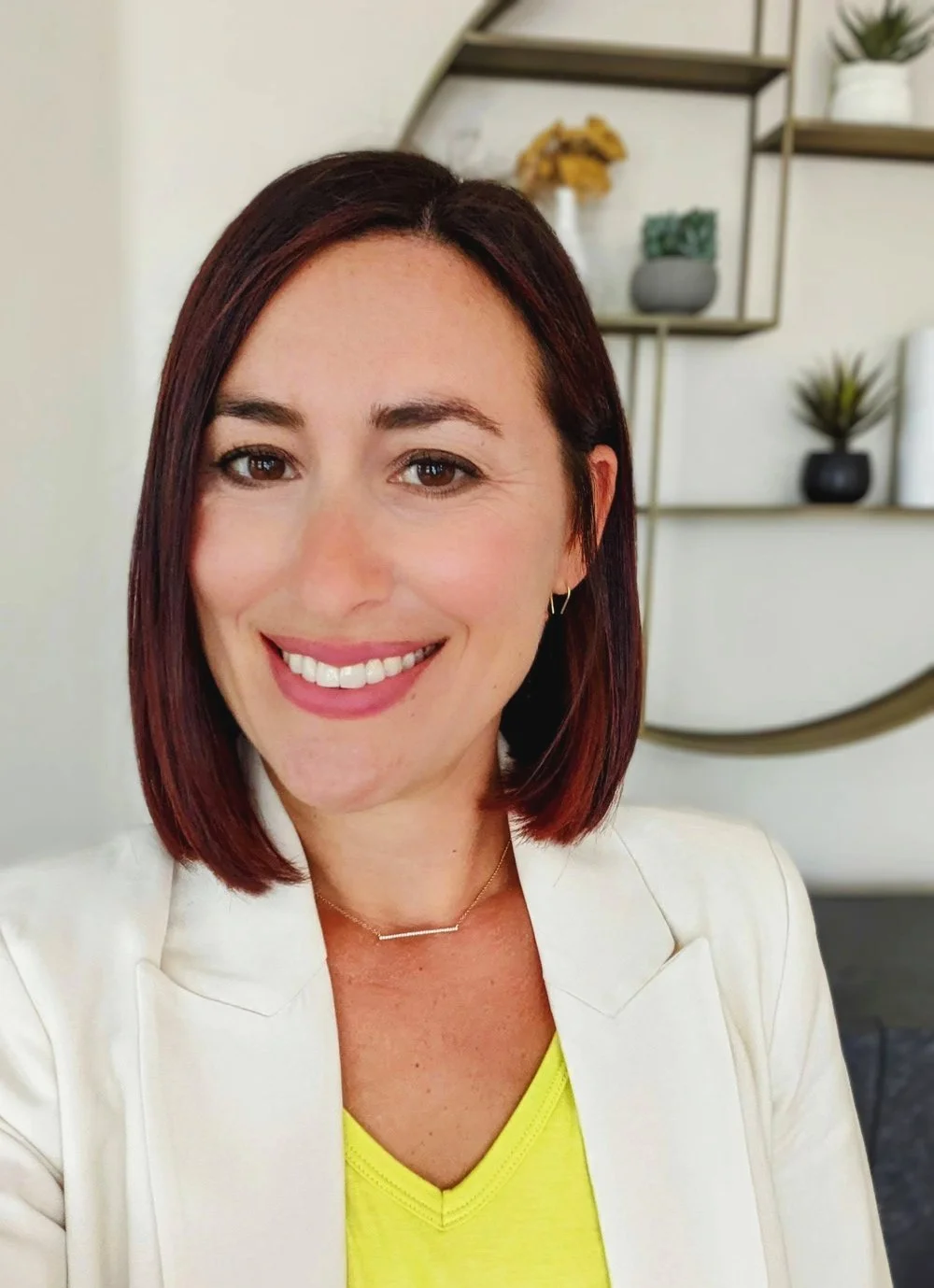Neuromyths: How Do They Affect Education?
We all believe things we’ve heard about the brain. For example, “We only use 10% of our brains.” We’ve heard that so many times it has to be true, right? But how often do we stop and ask ourselves if we’ve seen the science to back this up? Could it just be an idea that spread quickly, or is it actually based in fact?
Neuroscientists and educators typically operate in very different worlds. Neuroscientists empirically study the inner workings of our brain, and educators teach students to understand new concepts and develop new skills. Where do these worlds connect, and how can we use that to our advantage in education?
An important place where neuroscience and education intersect is our beliefs and understanding about how people learn.
So where does the science stand today? Educational researchers have published several great reports and studies which show which popular ideas about the brain and learning are actually “neuromyths”, and whether teachers believe them. A recent international report by Betts et al. (2019) included findings regarding educators’ responses to 51 statements about the brain and learning, some of which were true and some of which were false.
Before we get to the science, test yourself! Which of the following five out of these 51 statements do you think are true?
Individuals learn better when they receive information in their preferred learning styles (e.g. auditory, visual, kinesthetic).
Some of us are “left-brained” and some are “right-brained” due to hemispheric dominance and this helps explain differences in how we learn.
Normal development of the human brain involves the birth and death of brain cells.
Mental capacity is genetic and cannot be changed by experiences.
Stress can impair the ability of the brain to encode and recall memories.
Here’s what the science shows: #1, 2, and 4 are MYTHS, and #3 and 5 are TRUTHS. Research shows that our brains are always working and changing as a reflection of what we do and learn, over our entire lives. This is called neuroplasticity. Large sweeping categorizations about our brains are not usually supported by science, meaning that our brains are not wired to learn best through one modality (e.g. learning styles), and we do not use one hemisphere more than the other based on our personality (e.g. being right-brained or left-brained).
Interestingly, studies show that these two neuromyths are widely believed by educators from several countries around the world, in addition to many others (Betts et al., 2019; Howard-Jones, 2014; Dekker et al, 2012; Van Dijk & Lane, 2018). There are many ramifications for the way in which teachers may teach, and leaders might lead, if believing these unsupported ideas. How can we fix this, so that educators “unlearn” these false ideas about the brain and learning?
Now is the time for teachers and leaders to prioritize using accurate science of learning to guide decision-making in schools.
Having a solid foundation in understanding the basics of how the brain works to support learning and memory, and knowing that these neuromyths are false, is essential in order to be an effective educator and school leader. When hearing or reading ideas about the brain, remember to look at the validity of the sources and use your common sense. Knowing how complex our brains are and that there is still so much scientists don’t yet know, think to yourself - does this sound right? Can I trust this source? How does this line up with what I already know about the brain and learning?
To finish where we started, we do not use only 10% of our brains. We use 100% over our 24-hour day. For more in depth research about neuromyths in education, here are some of our favorite articles and discussions about these findings:
International Report: Neuromyths and Evidence-Based Practices in Higher Education by Kristin Betts, Michelle Miller, Tracey Tokuhama-Espinosa, Patricia Shewokis, Alida Anderson, Cynthia Borja, Tamara Galoyan, Brian Delaney, John Eigenauer, and Sanne Dekker (2019)
3-Star Learning Experiences by Mirjam Neelan and Paul Kirschner (2019)
The Brain and the US Education System: Perpetuation of Neuromyths by Wilhelmina van Dijk and Holly Lane (2018)
Neuroscience and Education: Myths and Messages by Paul Howard-Jones from University of Bristol (2014)
Neuromyths in Education: Prevalence and Predictors of Misconceptions among Teachers by Sanne Dekker, Paul Howard-Jones, Nikki Lee, and Jelle Jolles (2012)
Deepen your team’s understanding of the science of learning and how to apply this through research-based strategies through our professional learning and coaching services.
About the Author
Julia Skolnik is the CEO and Founder of Professional Learning Partnerships. With over 20 years of experience in the fields of education, neuroscience, and learning sciences, her passion to connect research and practice motivates her work daily. She creates the overarching vision for PLP, designs innovative and research-based professional learning programs that transforms both individual practice and educational systems, and cultivates long-term partnerships with leaders across our network.



